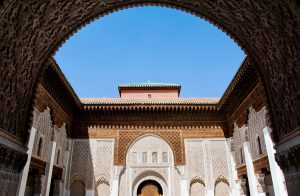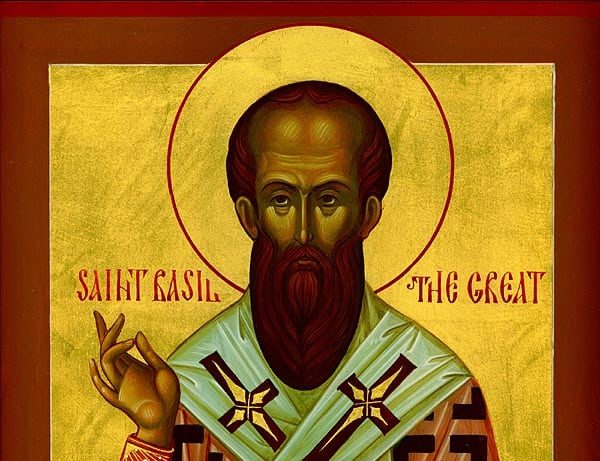Saint Gregory of Nyssa 4thC
Saint Gregory of Nyssa, was born about 335 and he died about 394. He was an early Roman Christian priest who served as Bishop of Nyssa from 372 to 376 and from 378 until his death in 394. Saint Gregory of Nyssa is known as one of the Cappadocian Fathers. He lacked the administrative ability of his brother Basil or the contemporary influence of Gregory of Nazianzus, but Saint Gregory of Nyssa was a skilled Christian theologian who made significant contributions to the doctrine of the Trinity and the Nicene Creed. Since we say the Creed today at every Mass his influence is contemporary and extra ordinary. Do you think Saint Gregory of Nyssa’s influence today is significant?
Saint Gregory of Nyssa Biography

Saint Gregory of Nyssa was a Cappadocian Greek, he born around 335, probably in or near the city of Neocaesarea, Pontus. There were four saints among his eight siblings. They were St. Macrina the Younger, St. Naucratius, St. Peter of Sebaste and St. Basil of Caesarea. Gregory’s paternal grandmother, Macrina the Elder, is also revered as a saint and his maternal grandfather was a martyr, as Gregory put it “killed by Imperial wrath” under the persecution of the Roman Emperor Maximinus II. So, he was from a holy family.
Saint Gregory of Nyssa’s family seemed to gain wealth in the latter half of his adolescence. He was quiet and meek. He was first educated at home. Little is known of what further education he received. It seems more likely that he continued his studies in Caesarea, where he read classical literature, philosophy and perhaps medicine.
While his brothers Basil and Naucratius lived as hermits from about 355, Saint Gregory of Nyssa initially pursued a career as a rhetorician. He did, however, act as a lector. He is known to have married a woman named Theosebia. In 371, the Emperor Valens split Cappadocia into two new provinces. This resulted in changes in ecclesiastical boundaries, during which several new bishoprics were created. Gregory was elected bishop of the new see of Nyssa in 372, presumably with the support of his brother Basil, who was metropolitan of Caesarea.
Saint Gregory of Nyssa faced opposition to his reign in Nyssa and in the spring of 376, he was deposed. He had a complex reign and was deposed several times. We know was present at the Synod of Antioch in April 379. After visiting the village of Annisa to see his dying sister, Macrina, he returned to Nyssa in August. In 380 he travelled to Sebaste, in the province of Armenia Prima, to support a pro-Nicene candidate for the election to the bishopric. To his surprise, he himself was elected to the seat. However, after a stay of several months, and Gregory returned home to Nyssa to write books I and II of Against Eunomius.
Saint Gregory of Nyssa participated in the First Council of Constantinople (381), and gave his famous sermon there, in suam ordinationem. He was chosen to eulogize at the funeral of Meletius, which occurred during the council. He then travelled to Jerusalem where Cyril of Jerusalem faced opposition from local clergy. His later reign in Nyssa was marked by conflict with his metropolitan, Helladius. Gregory was at a 394 synod convened at Constantinople. He probably died in 394, but we are not sure.
Conclusion
Saint Gregory of Nyssa is an interesting character. He was quit and shy, yet he contributed to the Nicaean Creed, which we all say at Mass presently. It is amazing the of his eight siblings, four were saints. There were other saints in his family tree, it is like he was fated to be a saint. He demonstrates the all things, great and small, can accomplish fantastic things if they are for the glory of God.






